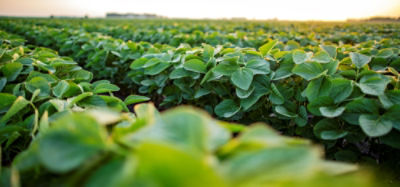Social and Apps
Tour Updates on Social:
Follow Pioneer Instagram Stories.
Follow Twitter. (#PFTour23)
- Cody Pettit
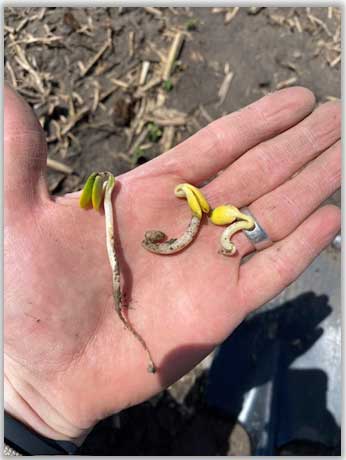
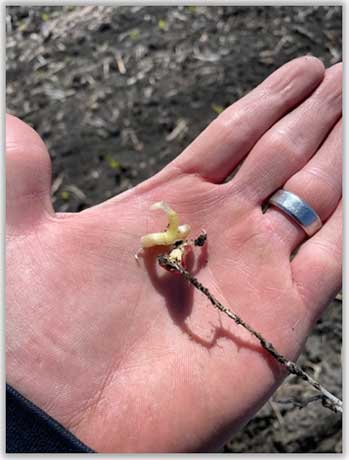
Emergence stressed corn and soybeans across eastern IL that were planted in the early April window.
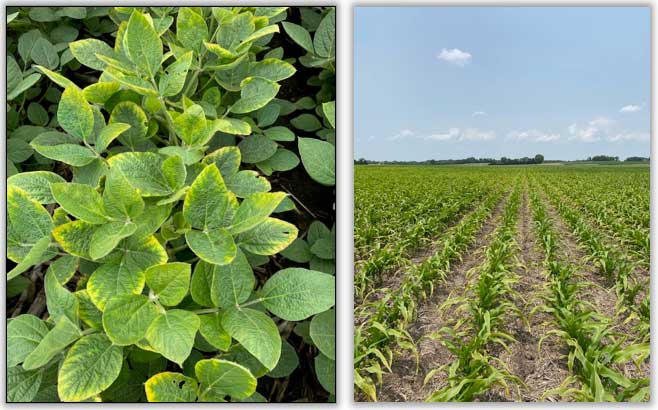
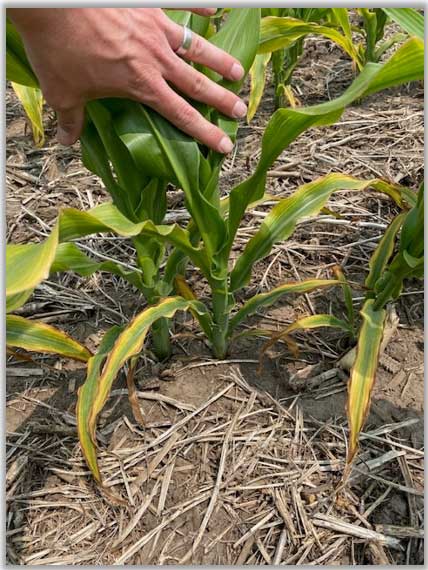
Photos taken in stressed fields in Iroquois/Kankakee Counties.
Thus far, we have experienced a very low disease pressure year in corn. There is tar spot (TS) out there, but not quite like we were expecting.
The rains that returned in early July created an ideal environment for stress/disease in soybeans. Plant roots were small and holding on from dry conditions until heavy rains flooded areas and we saw root rots and other disease take over pockets of fields.
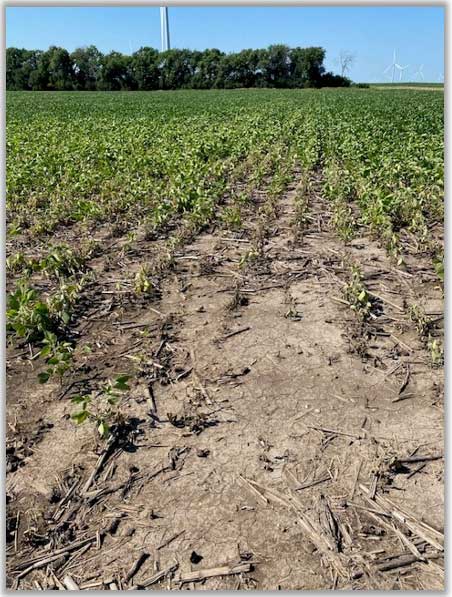
Root/stem rot diseases like Phytophthora, Rhizoctonia, and brown stem rot (BSR) are showing up in fields after heavy rains in July created ideal conditions. Sudden death syndrome (SDS) showing up as well.
- Casey Rankin
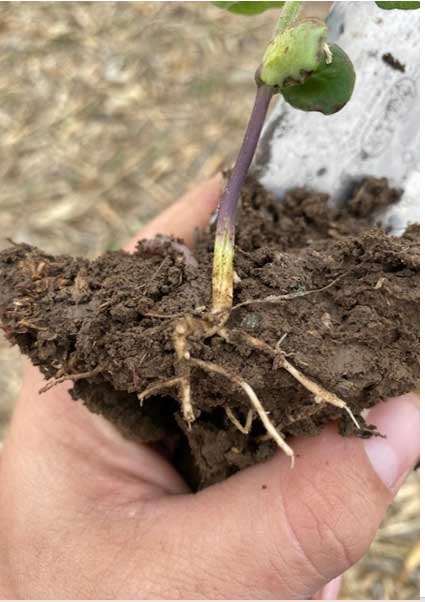
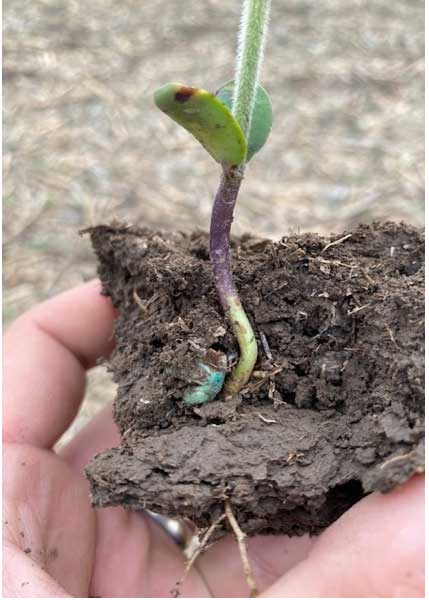

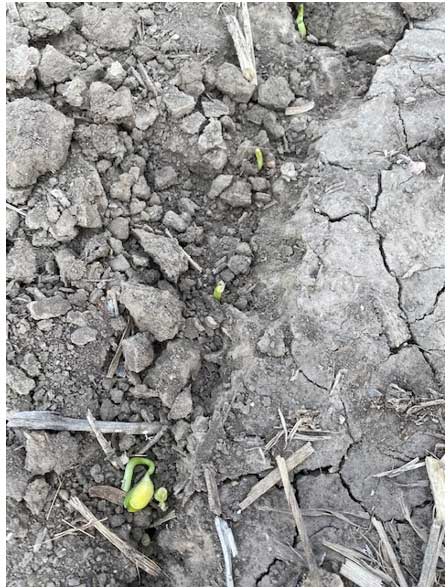

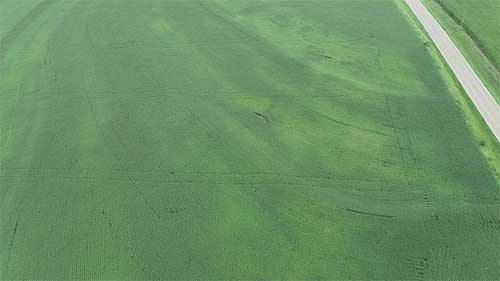
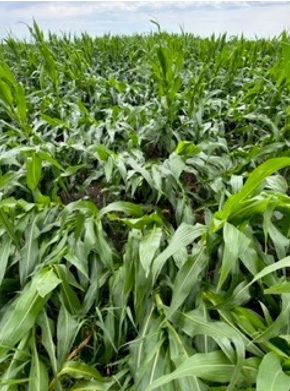
Andy Behrends. 6/29 Shubert, NE
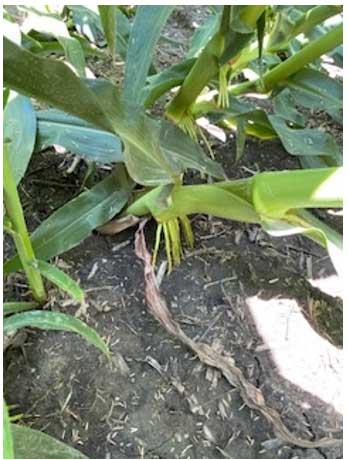
7/10 Nebraska City
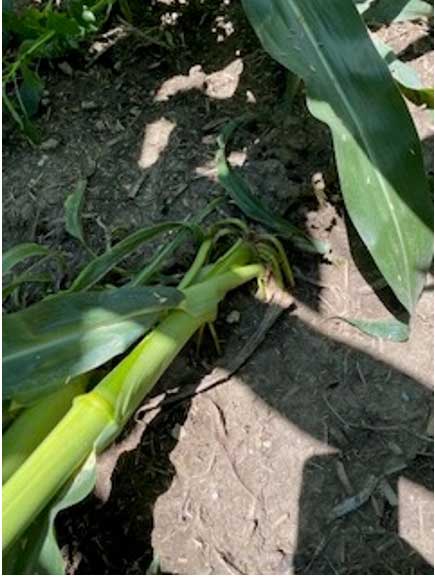
7/10 Nebraska City
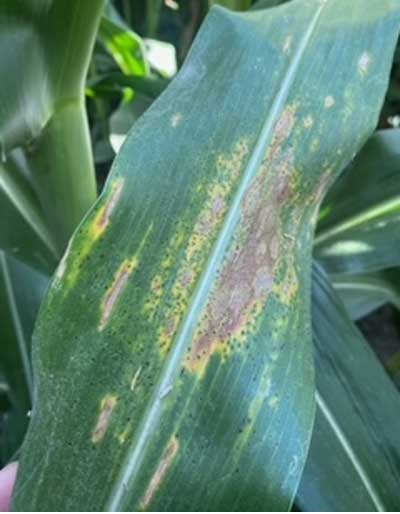
Tar Spot 8/8 west of Falls City.
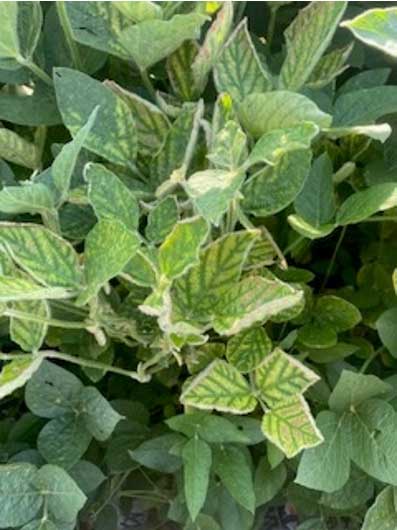
SDS - 8/8
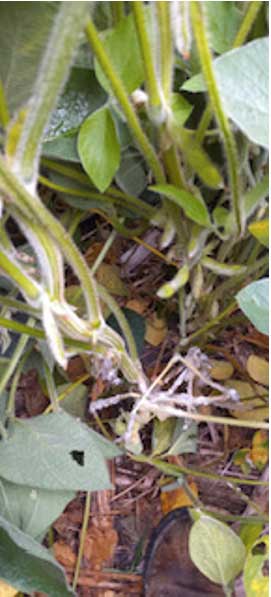
White Mold - 7/26
Sales Rep Jared Wiese. 7/27. |
Brock, NE. Beautiful field of P30A75E™ brand. |

Pioneer CU Agronomy Manager Matt Essick
Follow Pioneer Instagram Stories.
Follow Twitter. (#PFTour23)
Our unmatched team of local professionals live and work in your community. They’re ready to help you select high-yielding products and provide year-round service and expertise. Have questions? Ask your local Pioneer sales representative today.
Find My Sales Rep

The transgenic soybean event in Enlist E3® soybeans is jointly developed and owned by Corteva Agriscience and M.S. Technologies L.L.C.

Pioneer® brand Optimum® AQUAmax® products were grown in 13, 623 on-farm comparisons across the United States against competitor brand products (+/- 4 CRM) in 2018. Water-limited yield data includes 240 competitive comparisons with a win ratio of 63 percent, and favorable environment includes 13,383 competitive comparisons with a win ratio of 61 percent. Water-limited environments are those in which the water supply/demand ratio during flowering or grain fill was less than 0.66 on a 0-1 scale (1=adequate moisture) using the Pioneer proprietary EnClass® system and in which the yield average of competitor brand hybrids at the location was less than 150 bu/acre. Favorable growing conditions are locations where yield levels were at or above 150 bu/acre on average, regardless of water supply/demand ratio. Precipitation levels are interpolated values based on local weather stations. Product performance in water-limited environments is variable and depends on many factors such as the severity and timing of moisture deficiency, heat stress, soil type, management practices and environmental stress as well as disease and pest pressures. All hybrids may exhibit reduced yield under water and heat stress. Individual results may vary.
